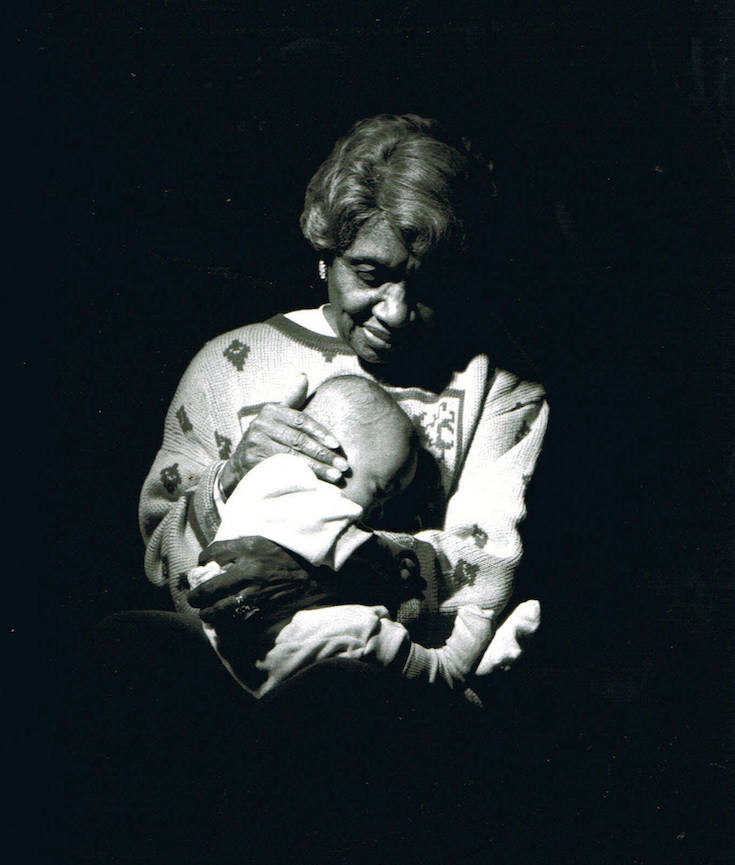[dropcap]Through[/dropcap] her devotion to her own three children she was inspired to reach out to others in her community who were in need of nurturing. She’s the founder of Hale House, one of the first facilities for addicted children. She eventually helped over 2,000 drug addicted babies and young children who were born addicted to drugs, children born with HIV, and children whose parents had died of AIDS. It was simple, she said; “hold them, rock them, love them and tell them how great they are.”
Clara Hale was born Clara McBride on April 1, 1905, in Elizabeth City, North Carolina. She was raised in Philadelphia, Pennsylvania. Her father was killed when she was very young. When Hale was sixteen years old her mother passed away, leaving her completely orphaned. She finished high school on her own and then married Thomas Hale. The couple moved to New York. There her husband ran a business and went to college while Hale worked as a janitor. They were married only a few years when Thomas died of cancer, leaving the young widow with three small children to support.
[mc4wp_form id=”6042″]



Harlem is a large neighborhood in the northern section of the New York City borough of Manhattan. Since the 1920s, Harlem has been known as a major African-American residential, cultural and business center. Originally a Dutch village, formally organized in 1658, it is named after the city of Haarlem in the Netherlands. Harlem’s history has been defined by a series of economic boom-and-bust cycles, with significant population shifts accompanying each cycle.
African-American residents began to arrive in large numbers in 1905 as part of the Great Migration. In the 1920s and 1930s, Central and West Harlem were the focus of the “Harlem Renaissance”, an outpouring of artistic work without precedent in the American black community. However, with job losses in the time of the Great Depression and the deindustrialization of New York City after World War II, rates of crime and poverty increased significantly. Harlem’s African-American population peaked in the 1950s. In the second half of the 20th century, Harlem became a major hub of African-American businesses. In 2008, the United States Census found that for the first time since the 1930s, less than half of the residents were black, comprising only 40% of the population.
Since New York City’s revival in the late 20th century, Harlem has been experiencing the effects of gentrification and new wealth. (Wikipedia).


You must be logged in to post a comment.